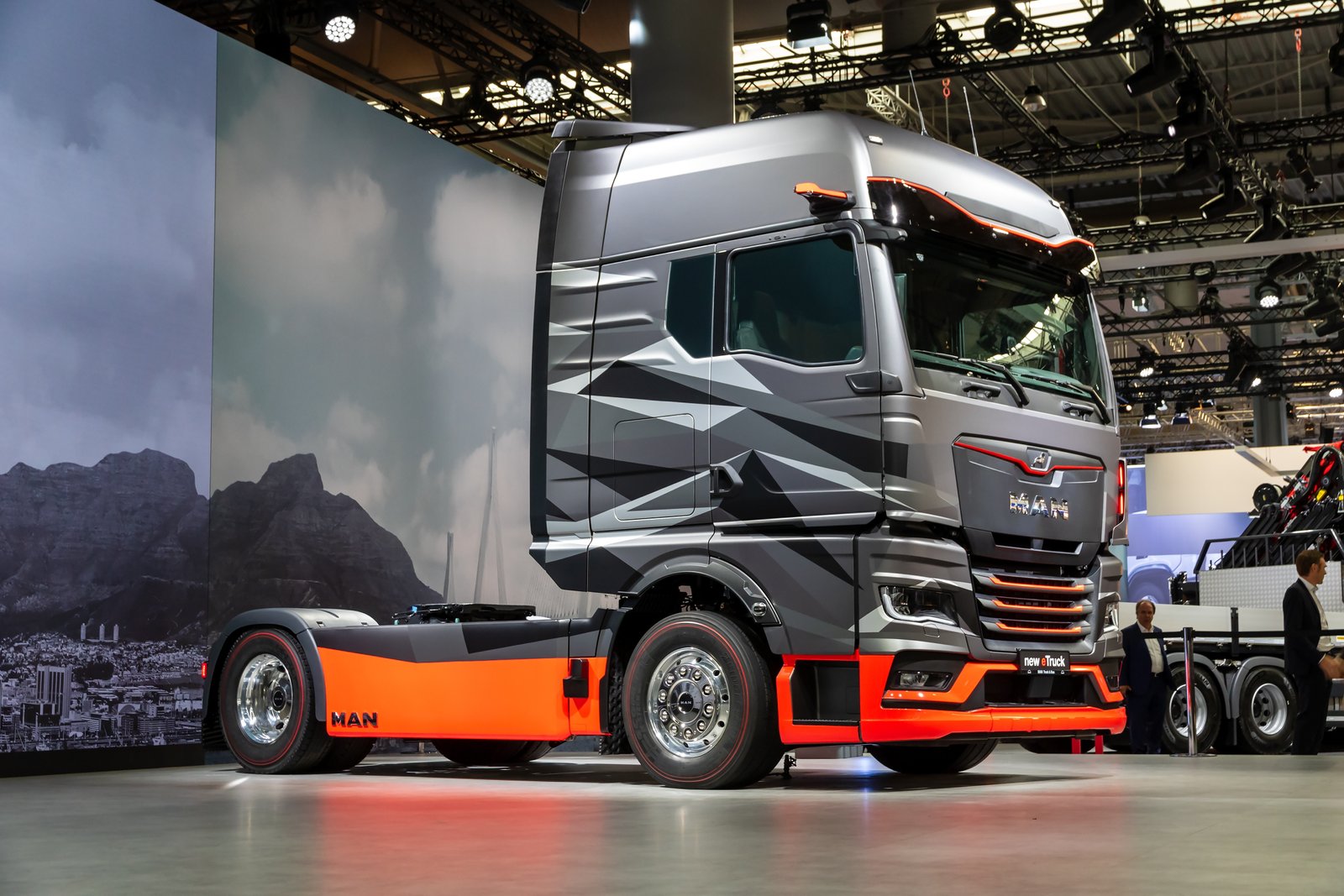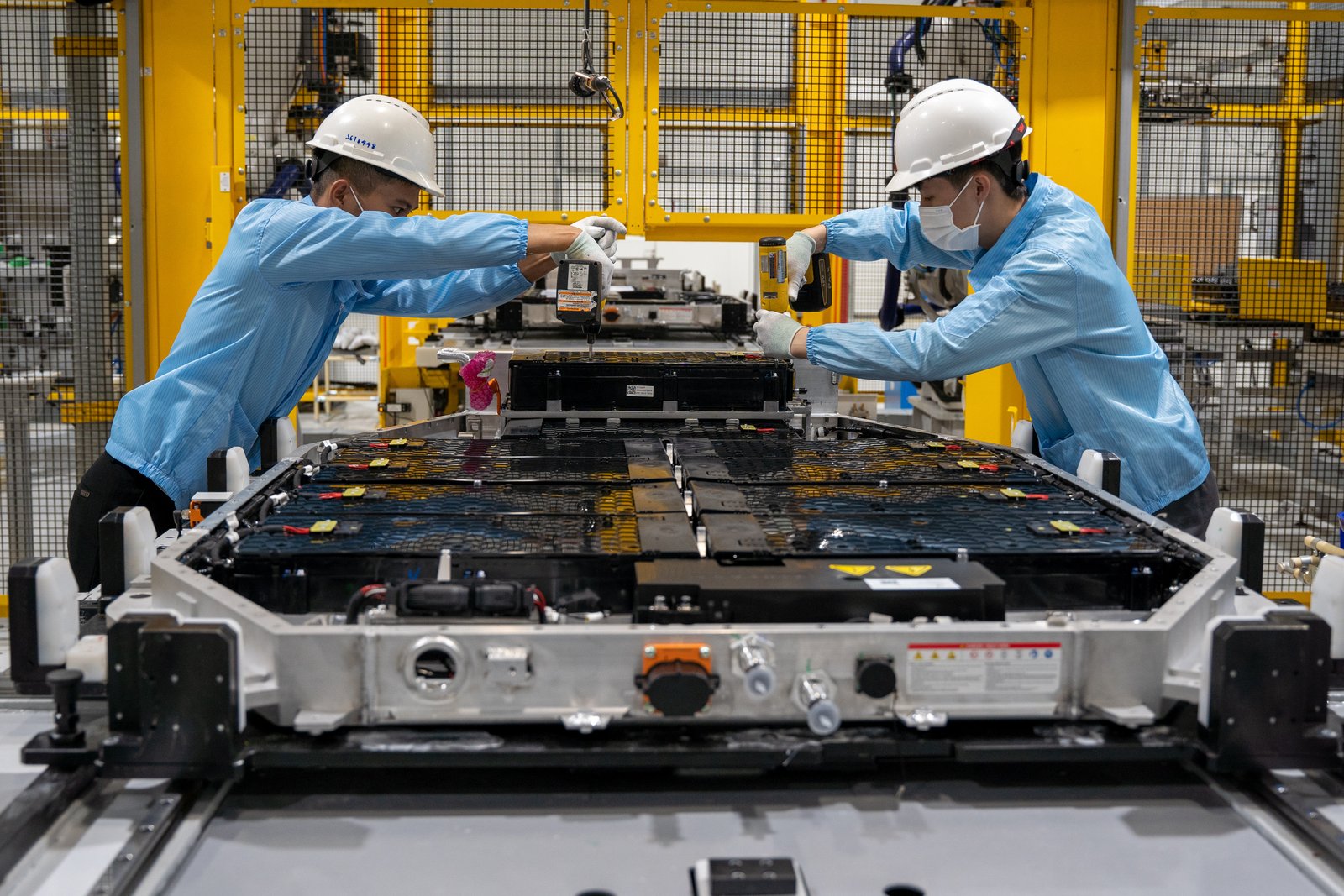As the world shifts towards sustainability, companies can play a pivotal role in advancing Sustainable Development Goals (SDGs) through the strategic adoption of heavy electric vehicles (HEVs). Heavy-duty electric vehicles, such as electric trucks and buses, offer a unique opportunity to contribute to environmental, economic, and social goals. Here's a comprehensive guide on how companies can leverage heavy electric vehicles to advance SDGs.
Integration of Renewable Energy Sources:
Powering heavy electric vehicles with electricity generated from renewable sources aligns with SDG 7. Companies should invest in on-site renewable energy generation, such as solar or wind, to charge their heavy electric vehicle fleets.
Transitioning Fleets to Electric:
Companies can contribute to SDG 7 by gradually replacing traditional heavy-duty vehicles with electric counterparts, reducing reliance on fossil fuels and promoting the adoption of sustainable energy practices.
Investing in Electric Vehicle Infrastructure:
Supporting the development of charging infrastructure for heavy electric vehicles is a direct contribution to SDG 9. Companies can collaborate with industry partners, invest in charging stations, and participate in research and development projects focused on advancing heavy electric vehicle technology.
Innovation in Fleet Management:
Adopting innovative fleet management technologies specific to heavy electric vehicles promotes industry advancements. Companies can explore solutions that optimize routes, enhance energy efficiency, and contribute to the overall sustainability of transportation operations.
Urban Electric Logistics:
Deploying heavy electric vehicles in urban logistics helps achieve SDG 11 by reducing traffic-related emissions and improving air quality. Companies can collaborate with local authorities to develop sustainable urban transport solutions, emphasizing the use of heavy electric vehicles for goods and passenger transport.
Supporting Infrastructure in Urban Areas:
Investing in charging infrastructure in urban areas supports the growth of heavy electric vehicle adoption. Companies can contribute to the creation of sustainable communities by ensuring that their electric fleets have adequate charging support in city centers.
Carbon Footprint Reduction:
Shifting to heavy electric vehicles significantly reduces the carbon footprint associated with transportation. This aligns with SDG 13 by directly contributing to climate action. Companies should set emission reduction targets and communicate transparently about their efforts to combat climate change through the adoption of heavy electric vehicles.
Collaboration for Climate Resilience:
Collaborating with stakeholders to address climate change challenges is essential. Companies can join industry initiatives, share best practices, and work collectively to advocate for policies that support the widespread adoption of heavy electric vehicles as part of broader climate resilience strategies.
Industry Collaboration:
Forming partnerships with other companies, industry associations, and government bodies strengthens efforts to achieve SDGs. Companies can collaborate on initiatives that drive the adoption of heavy electric vehicles, such as joint investments in charging infrastructure and advocacy for supportive policies.
Knowledge Sharing:
Establishing platforms for knowledge-sharing within the industry helps disseminate information on best practices, technological advancements, and regulatory developments related to heavy electric vehicles. This collaborative approach supports SDG 17 by fostering partnerships for shared goals.







